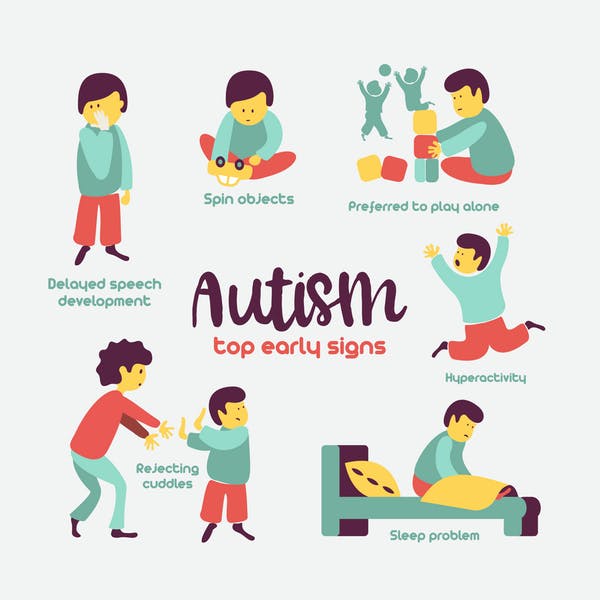
Orthodontics is not only about making a smile pretty. Although not every child will need braces, having an early assessment can prevent issues such as crowding or breathing obstruction—or future teeth shifts if you manage to adjust the jaw while it’s still growing.
Parents naturally will have questions about orthodontic care, such as when to start treatment and the treatment options available. Learn what you should know before making an appointment for your child.
What’s the best age for an initial appointment?
The American Association of Orthodontists recommends children come in for their first assessment by age 7 at the latest—or earlier if there’s a need.
A pediatric dentist can monitor jaw development and permanent tooth size, and make referrals for orthodontic treatment when issues arise. Children should go for regular dental checkups every six months, according to the American Academy of Pediatric Dentistry.
Children start losing some of their front primary teeth at age 7. For that reason, it’s a great time to assess any developing problems that need immediate attention or monitor them until adult teeth come in, explains Leyla R. Davoody, DDS, MSDs, an orthodontist at Smile Frederick Orthodontics in Maryland.
At Wilmington Orthodontic Center, children receive a full-mouth X-ray that allows an orthodontist to study jaw formation, anatomical issues and spacing concerns, according to the practice’s website.
However, as Costa Orthodontic Specialist in Bryn Mawr, Pennsylvania, notes on its website “early screening doesn’t mean treatment has to start right away. In fact, most kids don’t begin active orthodontic treatment until they’re 9 to 14 years old.”
What types of treatments exist?
City Line Pediatric Dentistry & Orthodontics, operating in Philadelphia and Wynnewood, Pennsylvania, notes that tooth movement “is a natural response to light pressure over a period of time. Pressure is applied by using a variety of orthodontic hardware (appliances), the most common being a brace or bracket attached to the teeth and connected by an arch wire,” according to the practice’s website.
Depending on the stage of treatment, a child may need to wear headgear, elastics, positioner or retainer. Braces could be fixed in the mouth (traditional or lingual) or removable aligners, Davoody notes.
What’s the value of early intervention?
Early intervention is key. Catching severe crowding early enough allows for a healthier eruption of permanent teeth and better hygiene later in life, Davoody says.
According to Costa Orthodontic Specialist, orthodontic treatment can help address common childhood problems, such as the “early or late loss of baby teeth, persistent thumb sucking, tongue thrusting and mouth breathing,” according to the practice’s website.
And individuals have a limited time to make these changes before adulthood.
Davoody adds that the “upper jaw usually stops growing and fuses to the cranium by age 12. Therefore, any skeletal changes to the upper jaw (need) to be addressed before this age, in order to have a skeletal correction and not just movement of teeth to help with bite.”
Know before you go
It’s important to understand that early treatment doesn’t mean a child won’t need it in the future, and alternatively not every child will need orthodontic treatment.
If an orthodontic treatment is recommended, be sure you discuss the side effects, the goal of the treatment, the right time to start and how long treatment will take.
Davoody says most treatments take about two years.
“Some children might not be emotionally ready to make such a commitment to this long of a treatment,” she says.
Your child should be aware of what’s expected in treatment and post-treatment care.
Davoody says some misconceptions are that you can eat whatever you want with back teeth, and it won’t break your braces. Additional myths are that you don’t have to wear your aligners or elastics all the time, and that using a retainer could be a quick fix.
Finally, preparing for treatment costs can save parents a lot of headache. While orthodontic coverage varies, it’s essential to know what’s covered before going forward with treatment for your child.
Michael Vyskocil contributed to this story.





